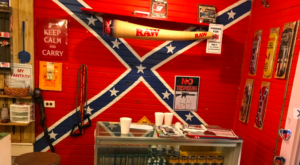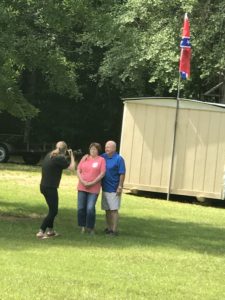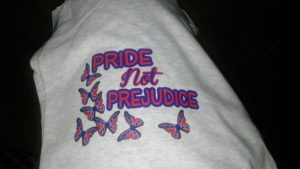
When my Guardian editor asked me if I would be interested in roving around my home state of Mississippi and talking to people about why they like the Confederate flag, I jumped at the chance. It is no secret that I am not a fan of the flag, and would like to see the state flag changed, but I also believe in listening to people’s reasons, which are seldom as monolithic as we think they are, and placing them a wider context where possible. I also asked my editor to allow photographer Kate Medley to come home to Mississippi and travel with me. I’ve worked with Kate on projects related to race and Klan violence in the past, and know that she also leads with genuine curiosity rather than judgement in interviews.

